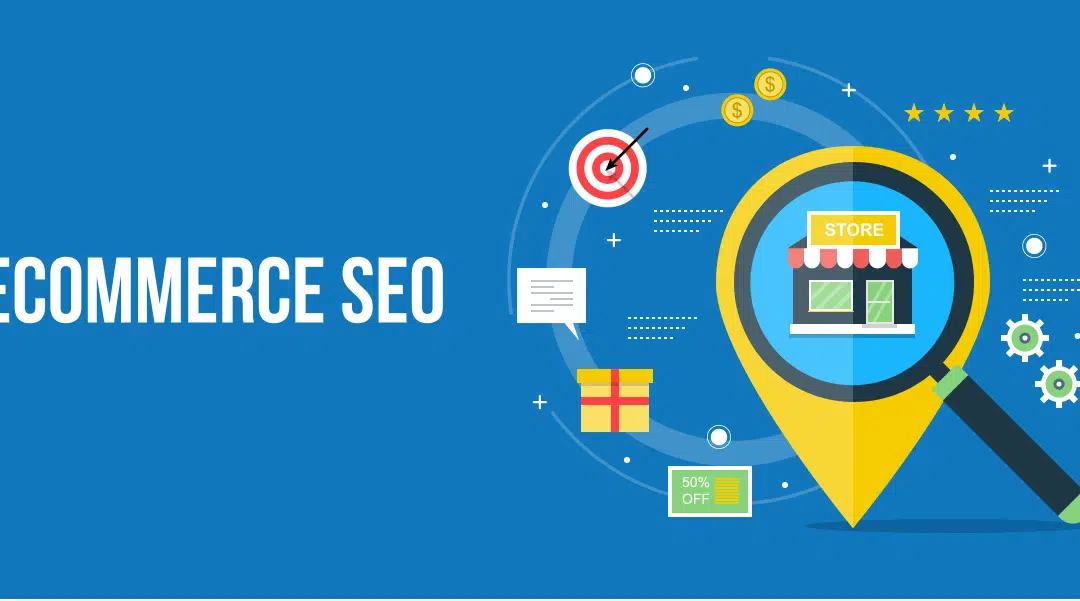If you’re trying to optimize your ecommerce website to rank higher in Google search results, you’re probably familiar with some of the more advanced SEO strategies. These techniques include Page speed, Structured data markup, Featured snippets, and Keyword research. But did you know that internal links are just as important? Without internal links, your site can’t be found in search results. This is why it’s critical to have strong internal indicators pointing to pages and categories within your site.
Page speed
If you are running an ecommerce website, page speed is a key ranking factor. Google prioritizes page speed, so making your website load quickly will help you rank high. Also, page speed will help connect potential buyers to the products you have. Slow pages hurt both SEO and traffic. Here are some tips to improve page speed:
Use a content management system that is fast. Also, avoid using too many scripts and other code to optimize your site. Use file optimization apps on your Shopify store. You can also check the page speed with Google’s free PageSpeed Insights tool. Use these tools to find out what elements of your website are slowing down the site. You can also use XML-sitemaps to detect duplicate content. Use unique Meta tags and descriptions for each product on your website. Include relevant keywords in your product descriptions, and make sure that all images and graphics are on the same page.
Structured data markup
Using structured data markup is a crucial component of SEO for ecommerce websites. In addition to ensuring that Google can easily find and index your pages, it can also help your site to improve its ranking. There are several types of schemas to consider. These include the webpage schema, the product schema, and the LocalBusiness schema. Each type of schema can be implemented on a single page of your website.
For eCommerce websites, structured data markup is particularly important as it helps search engines understand your site’s content and purpose. When Google finds your website when users are searching for a specific product, your site will appear higher in the search results. This is important, especially for eCommerce websites, because Google uses a lot of resources to understand large websites with varying amounts of content. By using structured data markup, you can make your site stand out from the rest.
When a user searches for a product or service, structured data will help your website rank for those terms. The benefits of structured data are numerous and not just for SEO. The most significant one is increased click-through rates. This is because search engines can identify your products and their attributes with ease. Additionally, structured data also helps the crawlers retrieve the data they need. If you don’t use it, you risk getting penalized by Google.
Another advantage of structured data markup for advanced SEO strategies for a website is that it is scalable. Many SEO tasks require you to optimize every page one at a time, but with schema, you can simply install it once and apply it to new product listing pages. This can save a lot of time, especially if you don’t have a large marketing team. So, before you implement structured data for your ecommerce website, consider the following points.
Adding structured data markup to your ecommerce website will help your website appear in search results for related products and services. Unlike other forms of markup, structured data markup will make it easier for Google to index your website and provide relevant results to the user. It is one of the most important ecommerce SEO strategies for ecommerce websites. You can use it to improve your website’s ranking by optimizing it for AMP and incorporating microdata.
Featured snippets
To get featured snippets on Google, you have to use the right keywords. Searchers often use long-tail keywords when they want a specific answer. To make sure your website shows up for these long-tail keywords, you need to research what people are searching for and create content that answers those questions. You can do this using keyword research tools or by checking out Google’s “People Also Ask” box. If your website is focused on product-specific searches, you can create FAQ pages that target related queries. Google will look for structured data on these pages, so you must make sure that yours has it.
Featured snippets on Google are the short versions of articles and other content that are displayed above the organic listings and below the ads. These snippets are provided when automated systems calculate that your content is accurate enough for the user to quickly find what they’re looking for. Featured snippets are especially useful for mobile and voice searches. Using these features will increase website traffic and establish your business as a trusted source for information.
When optimizing for mobile search, you should focus on creating a clean and organized information architecture, including subcategories with easy-to-read content. Featured snippets will boost your site’s visibility, authority, and sales. Depending on the specific product category, you can also share reviews on product listings to boost your click-through rate. And don’t forget to add images and videos to your product listings!
When optimizing web pages, start with the title tag and meta description. Page titles are one of the most powerful on-page SEO ranking factors. They should include priority keywords and be descriptive, informative, and useful. The title tag of your ecommerce website should be enticing and emphasize customer pain points. If you can’t achieve organic ranking on search engines, at least you’ll be at the top of the image pack.
Keyword research
One of the first steps in any ecommerce SEO campaign is keyword research. Keyword research is vital because it dictates the content, technical website architecture, and on-page optimization of your ecommerce website. However, keyword research alone is not enough to boost your website’s ranking. The right keywords can increase your traffic by thousands of percent. Here are some tips for ecommerce SEO keyword research:
Start by using free keyword research tools. Free tools include RankWatch, SEMrush, Ubersuggest, Keyword Dominator Tool, and Google Keyword Planner. Paid keyword research tools include SEMrush, KWFinder, and Google Analytics. You can also use similar tools for this purpose. Once you have a list of keywords, try to rank for them as high as possible. If you do not see any results, move on to the next step.
Focus on keywords relevant to your product line. For example, if you sell floating shelves, you could optimize your products for this specific keyword phrase. Overstock has a blog devoted to recipes and has garnered over 100,000 backlinks. A popular brand name can also be used to increase SEO. If the product line you sell isn’t popular, try targeting the keywords associated with that brand. However, the challenge of ecommerce SEO lies in generating enough backlinks for your site.
Featured snippets. Featured snippets show up in over 12% of SERPs. They often appear at the top of the page, and are usually the first result people see. To ensure your snippet is visible to those who want to purchase it, you should learn about the keywords associated with your brand. Optimizing content and pages for featured snippets is essential for boosting your site’s SEO.


Recent Comments